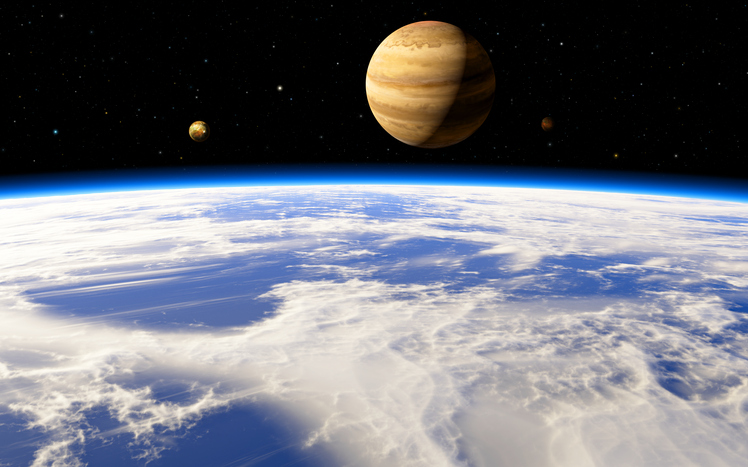Paradise Valley Estates hosts a speaker series called Discover U, which invites speakers in the areas of science, nature or the arts to visit our Life Plan Community to share their expertise with residents. The events, which are free, take place in the Club after dinner. In February, we were joined by Buck Busfield of B Street Theatre.
In March our invited guest was Alison Murray who described her search for microbial life in the Antarctic and a NASA project to investigate possible life forms on Jupiter’s moon, Europa.
Murray is an American biochemist best known for her work in discovering the existence of microbial life at -13 degrees Celsius within ice-sealed Lake Vida, Antarctica. She studies how microorganisms persist and function in harsh environments, including those lacking oxygen and biological sources of energy. Her work has helped answer questions about how microbes survive in extreme cold, how environmental changes affect the functioning and diversity of these organisms, as well as factors that might affect the sustainability of cold-environment ecosystems. Microbes have been found in places originally thought to be uninhabitable.
Murray is co-chair of a Science Definition Team (SDT) of 18 international scientists assessing the science value and engineering design for a spacecraft, Europa Lander, to land on Jupiter’s moon, Europa. The SDT in NASA’s Earth Science Division is responding to a directive from the U.S. Congress in 2015.
Europa is a top candidate in the search for alien life because it is thought to harbor a saltwater ocean beneath its surface. Europa’s ocean may be twice the size of all oceans on Earth and this water is thought to come in contact with a heated rocky seafloor, which may provide the energy needed to support microbial life. Three goals for this mission are: look for biosignatures, or organic evidence of past or present life; assess Europa’s habitability for organisms to live on the surface, and determine if surface properties and dynamics can support future missions to penetrate the icy shell. The Europa Lander would be rocket-launched in 2024, take 6 years to get to Europa, and would have a 20-plus day lifetime on the surface.
Before the Europa Lander directive, NASA’s Planetary Science division had already been developing a Europa Clipper mission to orbit Jupiter and its’ moon that would not land, but would collect plumes of gas and water erupting from the moon’s surface for analysis. Ultimately, both missions are part of NASA’s Ocean Worlds explorations to find life in our solar system.*
Murray was born and raised in Carmel, California and received degrees in biochemistry from California Polytechnic — San Luis Obispo, cell and molecular biology from SF State University, and ecology, evolution and marine biology from UC Santa Barbara. She is currently a research professor at Desert Research Institute in Reno, Nevada. She is the daughter of Marcy and Richard Murray.
* As of April 14, the Europa Lander project was cut from 2018 federal budget, but funding for the Europa Clipper mission in the 2020s will continue.




